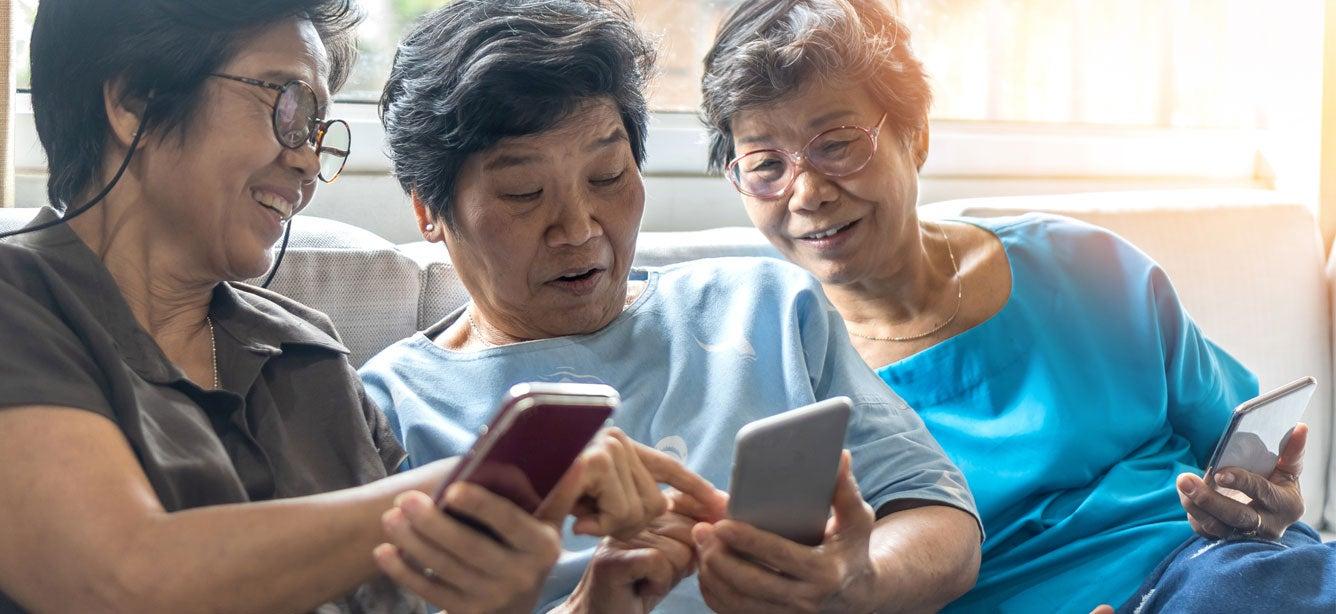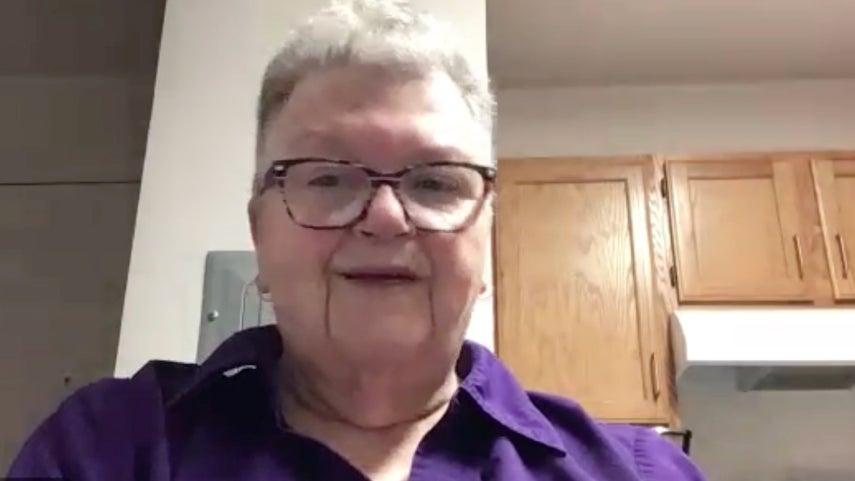
This year, cell phone companies are shutting down their 3G wireless service networks as part of an industry-wide transition to 4G and 5G service. They call this process “sunsetting” and it is going to happen very quickly over the course of the next year.
When are service providers shutting down 3G?
According to the Federal Communications Commission (FCC)—the government entity responsible for regulating all communications infrastructure—the shutdown is already starting, though the phase out of 3G services will vary by company. Here's what we know from the FCC's Consumer Guide:
The Phase Out of 3G Networks and Services | |
|---|---|
| Network | Shutdown Date |
| AT&T | By the end of February |
| Verizon | By December 31 |
| T-Mobile |
|
| If your mobile carrier is not listed here, you may still be affected. Many carriers, such as Cricket, Boost, Straight Talk, and several Lifeline mobile service providers, utilize AT&T's, Verizon's, and T-Mobile's networks. | |
While the sunset is a necessary step to take, it has the potential to cause significant disruption for the users and businesses who still depend on 3G networks. The FCC and the service providers are most responsible for ensuring a smooth and careful transition, but users who are aware of the issue and will have to transition from 3G can take steps to minimize disruptions for themselves.
As this sunset takes place, many older cell phones, home alarms systems, and medical alert devices will stop working and will need to be replaced or upgraded to continue functioning on the 4G and 5G networks.
Devices that are not compatible with the newer networks will not function at all after the 3G network shuts down, meaning that they will be unable to receive calls, texts, or even call 911.
For home alarm and medical alert systems, a lack of compatibility could mean a failure to contact the system monitors when someone needs it most: in a life-threatening emergency.
Why are the 3G networks getting shut down?
Generally, the idea behind the shutdown is a good one: 3G networks are old and inefficient. 3G simply means “third generation” and refers to the complex network infrastructure used to deliver information over the wireless network. Phone companies plan to reallocate the wireless bandwidth from these antiquated 3G networks to faster and more efficient 5G—“fifth generation”—networks.
The 5G networks will mean better, more reliable service for customers using the latest 5G-enabled devices. Unfortunately, it also means that people without 4G- or 5G-enabled devices will suddenly find themselves with devices that no longer work when the 3G networks go dark.
How do I know if the 3G sunset will affect me?
The best way to find out if your devices will keep working after the 3G sunset is to contact your servicer providers; that means your cell phone service company, your home security company, or your health monitoring service. Your service providers will be able to assist you in identifying which model of device you have and whether it will continue work on their network after the 3G networks shut down.
What should I do if I need a new device?
When it comes to cell phones, many cell service providers are offering free or low-cost ways to upgrade, including free phones or simply replacing the SIM card in your existing device. Companies may encourage their customers to upgrade to the latest 5G devices, but be sure to ask your provider about these inexpensive options if you are on a budget or simply more comfortable with your existing device.
For home alarm and medical alert systems, upgrades will likely require a technician coming into your home to install or upgrade equipment, so be sure to plan ahead for any necessary COVID-19 precautions.
During this period of transition, you should also be vigilant for fraud and scams, with crooks impersonating service providers or requesting bogus fees and charges. While providers are reaching out to their customers to assist them in transitioning, the best way to be sure you are speaking with an actual representative is for you to contact your provider yourself rather than waiting for a call.
Finally, even if you don’t need a new device yourself, make sure you reach out to friends, family, and other people who may not be aware that this transition is happening.
Where can I learn more about the 3G sunset?
In addition to the FCC Consumer Guide, many organizations are rolling out articles and webpages to help consumers as the 3G sunset deadlines approach. AT&T, T-Mobile, and Verizon have all created customer service pages about the 3G sunset. Additionally, older Americans can look to Public Knowledge—a technology-focused consumer advocacy organization—for more information about the 3G sunset.
It's estimated that 10-15 million Americans with 3G only phones will be impacted by the sunset. That's why Public Knowledge has advocated for the FCC to slow down its 3G sunset to ensure that older adults and other individuals don’t get caught off-guard by this transition. Older adults, particularly the most vulnerable, might unexpectedly find themselves without a phone to contact their friends, loved ones, or medical professionals, or that the alarm and medical alert systems they rely upon to keep them safe no longer work.
What can I do next?
- Get in touch with your mobile service provider to see if they are offering special deals on new devices, including some deals that might include a free cell phone.
- The FCC doesn't cover the cost of new devices, however they do have programs that can assist eligible consumers:
- The FCC's Lifeline program may be able to assist you in getting connected to phone and internet services. The FCC program provides a discount on phone service for qualifying low-income consumers
- The FCC's Affordable Connectivity Program, formerly known as the Emergency Broadband Benefit, provides a temporary discount of up to $50 per month towards broadband service for eligible households. Eligible households must both apply for the program and contact a participating provider to select a service plan.



